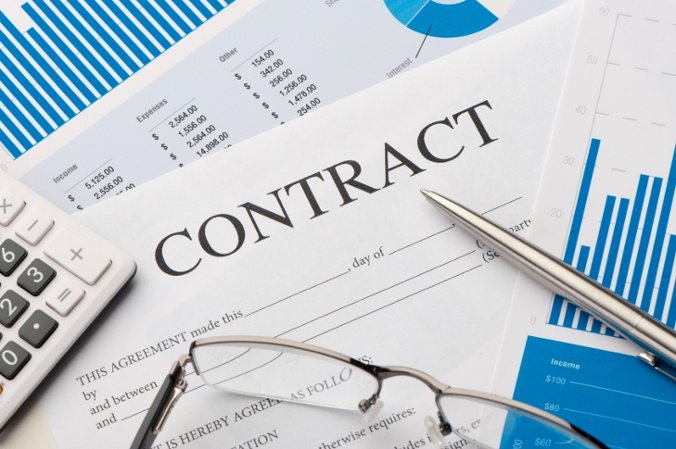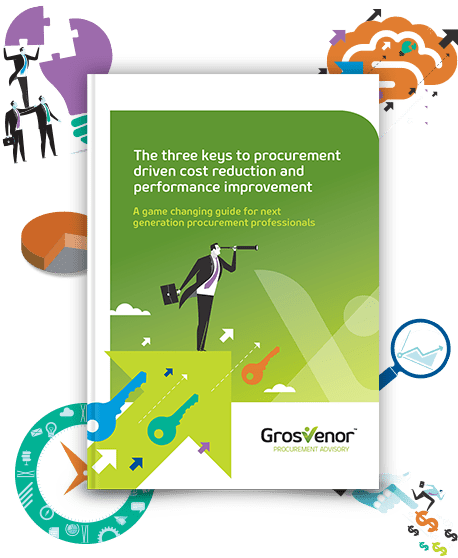Don’t ask a lawyer to scope a contract

Scope of Services
Don’t ask a lawyer to scope a contract. By that I mean don’t ask them to define the scope of services, the pricing model or the performance management structure for a contract.
By all means get them to draft the contract, but don’t assume that legal drafting is the same as drafting the commercial schedules to a contract.
What’s the difference?
Good contracts have a clear and easy to follow structure that ensures that contract managers, not lawyers, can manage the day to day requirements, enforce performance and manage the relationship. Here’s a simple structure to follow:
- Contract – the terms and conditions of the legal relationship between the parties and the remedies for failure to perform. Often called the Ts & Cs
- Pricing – usually the second schedule to the contract after the key contract terms and should contain ALL the contract pricing information
- Scope of services – the schedule that has ALL the services required including transition-in, contract management and reporting as well as the actual deliverable outcomes. Can also be called the statement of works (SoW) or service specification
- Contract governance and performance management – while this can be included in the scope, it should be articulated separately from the Ts & Cs. This is not about legal remedies or breaches, but how day to day performance of the services will be measured and how the relationship will be managed.
Using this format the contract itself can be very short as all the actual, or ‘operatable’ provisions, are described in the schedules not in the contract. By ensuring no overlap (performance or governance issues in the contract) it will also be easier to read, understand and manage.
When you’re a hammer……
As the saying goes, ‘when you’re a hammer everything looks like a nail’. If you’re engaged as a lawyer, then everything is naturally viewed through the prism of legal obligations and consequences.
Good contract solutions aren’t just about legal enforceability nor are they about shifting all the risk to the other party. They should be based on commercial considerations which then need to be wrapped into a clear and legally enforceable contract.
Separate commercial from legal issues
The best lawyers know this and will push back on their clients when asked to determine commercial issues. However, too often the client will expect their legal advisor to also be their commercial advisor and draft the commercial model, pricing structure and performance system for a contract.
So what?
If you’re not clear about the type of contract relationship you want, how pricing of the service will help you achieve a successful outcome or how you’re going to measure performance, it’s probably too early to ask your lawyer to start drafting.
Resolve the commercial issues first, understand the options available and when you know what you want, you’ll save time and money by being able to properly brief your lawyers.









 We are all about sharing our expertise to help you and your organisation be the best it can be.
We are all about sharing our expertise to help you and your organisation be the best it can be.